This Soviet classic (‘Planet of Storms’) has been an undercover agent of influence in plain sight for years in the West as ‘Voyage to the Pre-Historic Planet’ (1965) and ‘Voyage to the Prehistoric Planet of Women’ (1968). The fraternity brothers have wall posters for the latter film. These latter two films were cut and pasted for English-speaking audiences. Sherlock Holmes put in an appearance in the former and Mamie van Doren in the latter. Wall poster, indeed.
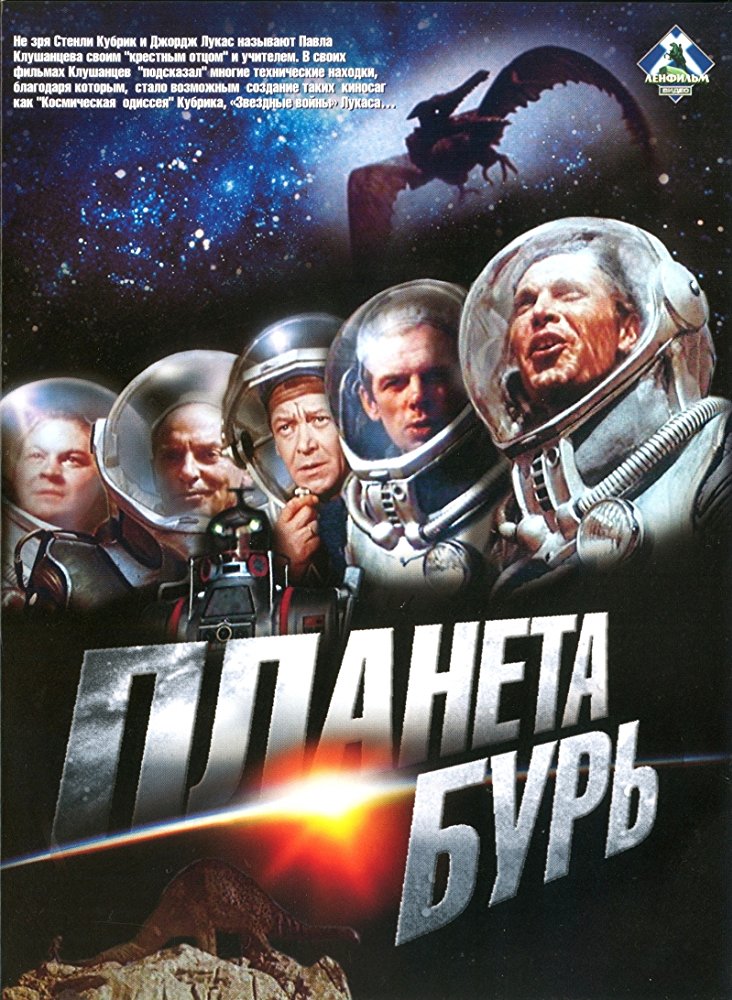
Having feasted on these two simulacra, it was time for the subtitled original.
In 1962 the Soviet Union was winning the space race and to promote that achievement rubles flowed into science fiction movies like this one. When Neil Armstrong stepped onto the Moon, the ruble spigot was turned off.
Here is the set up. Three space ships are approaching Venus. While they are all crewed by Russians, there is someone who say ‘OK’ a lot and his name is Allan Kern. There is no military symbolism or insignia to be seen.
Maybe the effort is a combined international effort. The film opens abruptly and no explanation is given, though there are many references to the Earth rather than Russia.
Each ship has a crew of three. Wallop! Two ships remains. What else? A meteor clobbers one ship. The carefully contrived plan of landing is obliterated with it. Earth instructs the two remaining ships to wait two months while another space ship is launched and joins them.
Two months eating airline food and using that plumbing. No thanks! They come up with a new plan and Earth control rolls with it. (Sherlock did this part in one of the Cormanites.)
The he-men decide to leave one ship in orbit and to land with the other in two stages. First a surface lander will drop down to scout a spot with good duty free shopping, and then the second ship will land there. ‘OK,’ say Allan Kern.
The third member of one crew is a woman and she is left in orbit to communicate with Earth. Unlike the Yankee Sy Fy of the time there are no sexist remarks about a woman doing a man’s job, though she is the squeeze of the captain of her threesome, their relationship is chaste. So far so good. She is left in orbit not because she is a frail and flighty woman, but because she knows to turn on the radio as communications officer. Push the big red button. Ah huh. Nice try. That did not fool the fraternity brothers for one minute. She is left behind because she is frail and flighty woman.
While the men are resolute, she dithers later and in one light moment she floats around the cabin. None those resolute newish Soviet men would do that. Even so this subtlety is way beyond Hollywood at the time.
On Venus they find a lot of Godzilla’s cousins and fend them off, sometimes with revolvers. It is an inhospitable place, boiling mud, flowing lava, clinging plants, rubber dinosaurs, a lot like Wyoming. Kern has a big robot called ‘John’ who is snooty. Unless addressed politely by name, he ignores instructions. Think Siri, who does not react well to some of the things the fraternity brothers say to her. Robo John also serves as a mobile computer. Try putting him in a pocket. Robo John is useful but in the end it fails the Laws of Robotics. Bad robot!
Unlike so many British and Americans on other planets, these Soviets do show scientific interest in it, collect samples, discuss findings — when not hacking and shooting the fauna — and speculate about intelligent life. So many of the Anglo-Brit planeteers are bored, indifferent, napping, smoking, and lining up for the return trip without a backward glance.
The Soviet equipment was not made by the lower bidder, because it works, and they return to space, and presumably to Earth. But we get no triumphal return (unless I hit the off button, too soon).
They have a hovercraft that is also a submersible, though it is not quite up to James Bond-standard.
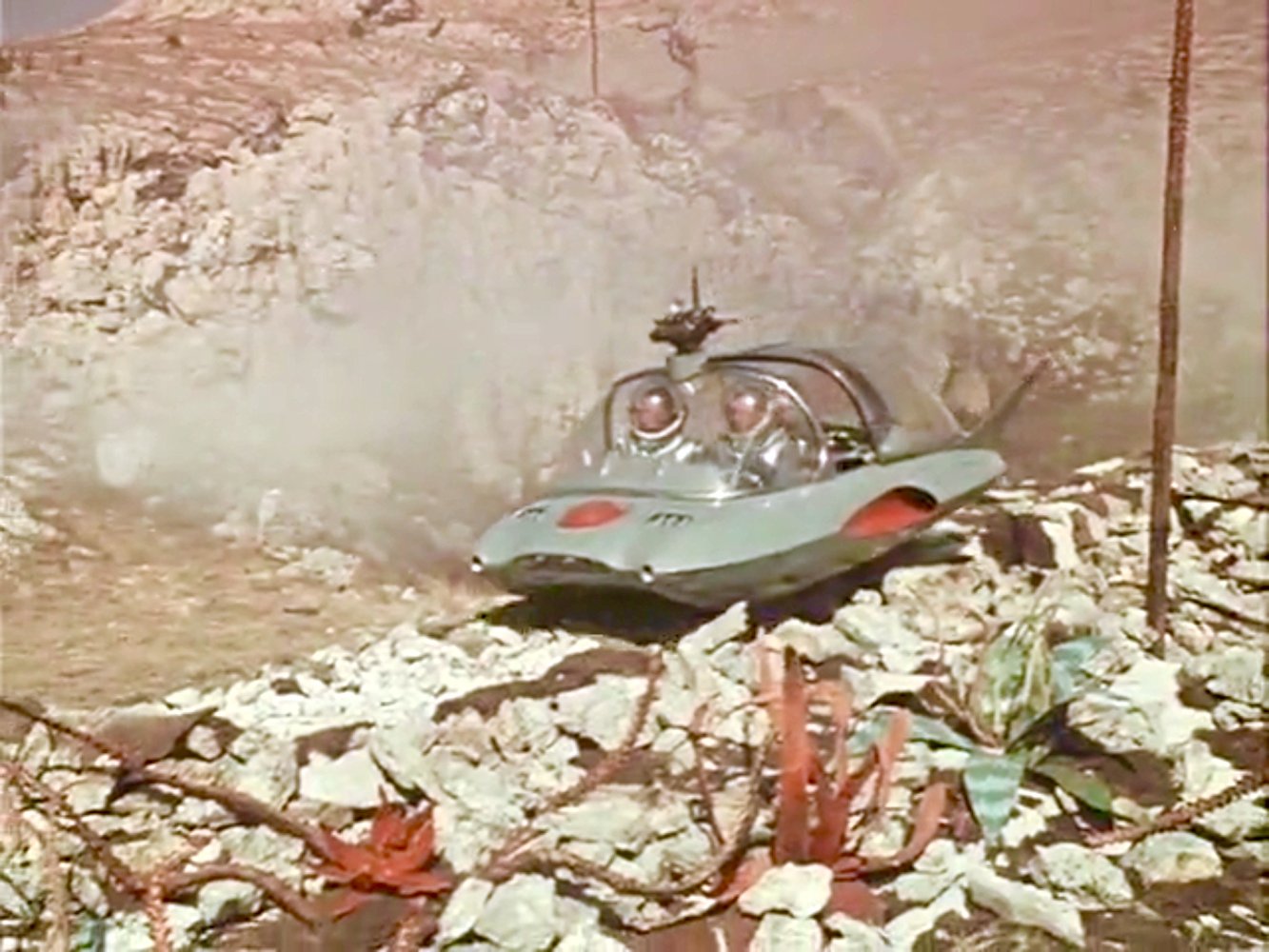
Even so the under water sequences are well done, As is the episode of weightlessness mentioned above. These effects would have been quite fascinating at the time. They still are considering there is not a CGI in sight.
As they leave the planet the ending is spooky, but it is not connected to the preceding story, and seems an afterthought, as though inviting Roget Corman to do what he did with it, and get two more movies out of it.

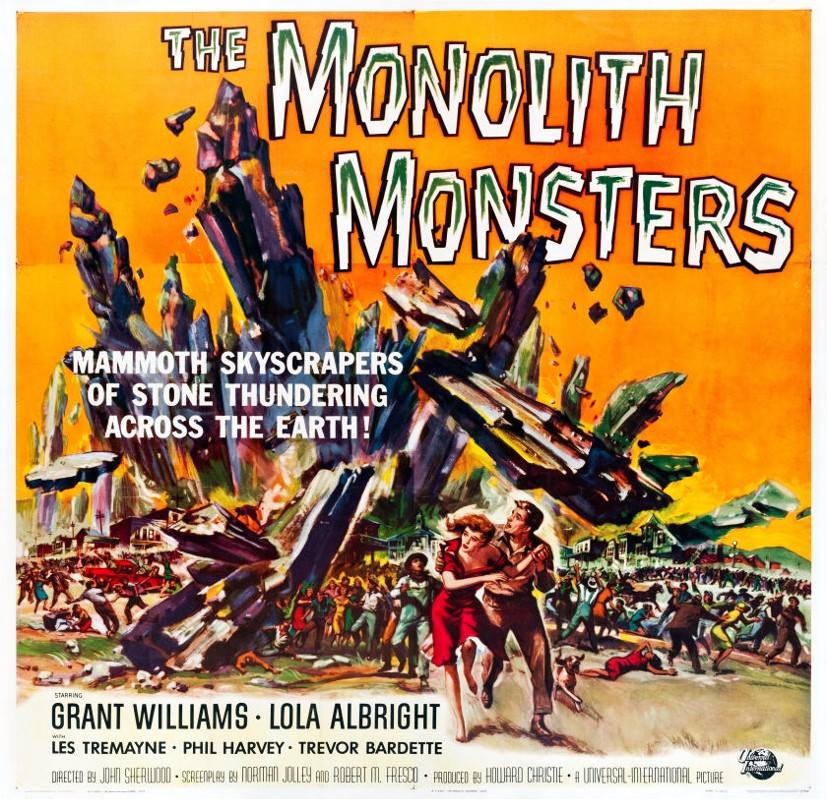
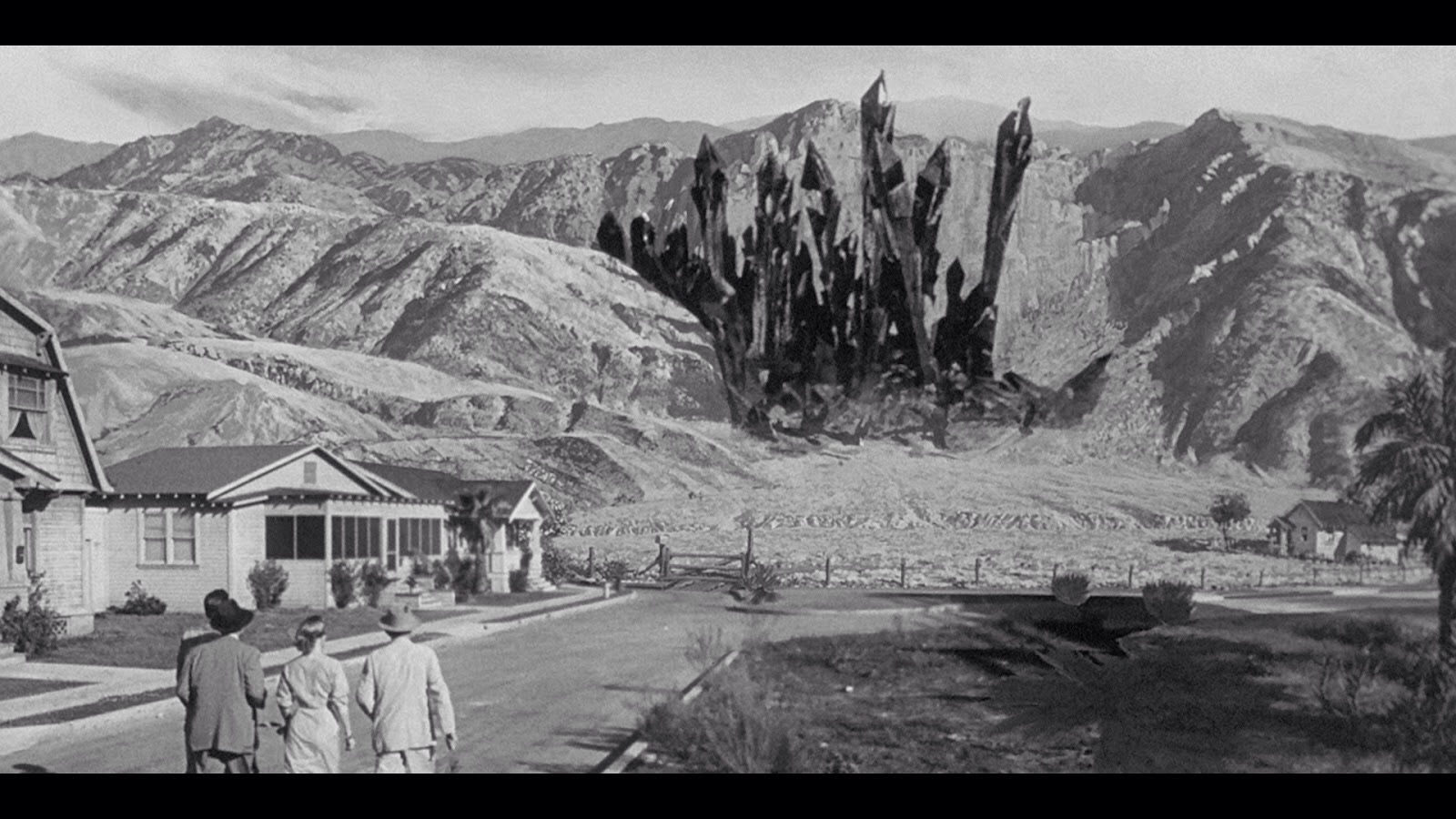 Here they come!
Here they come!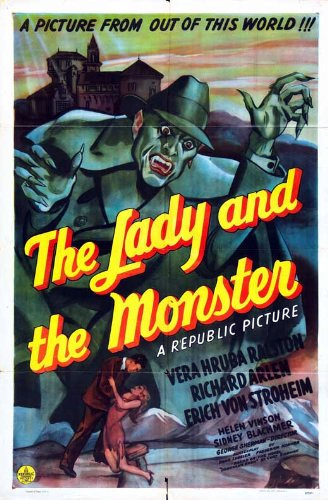

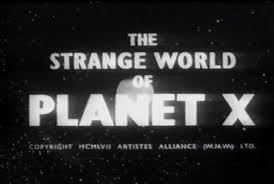
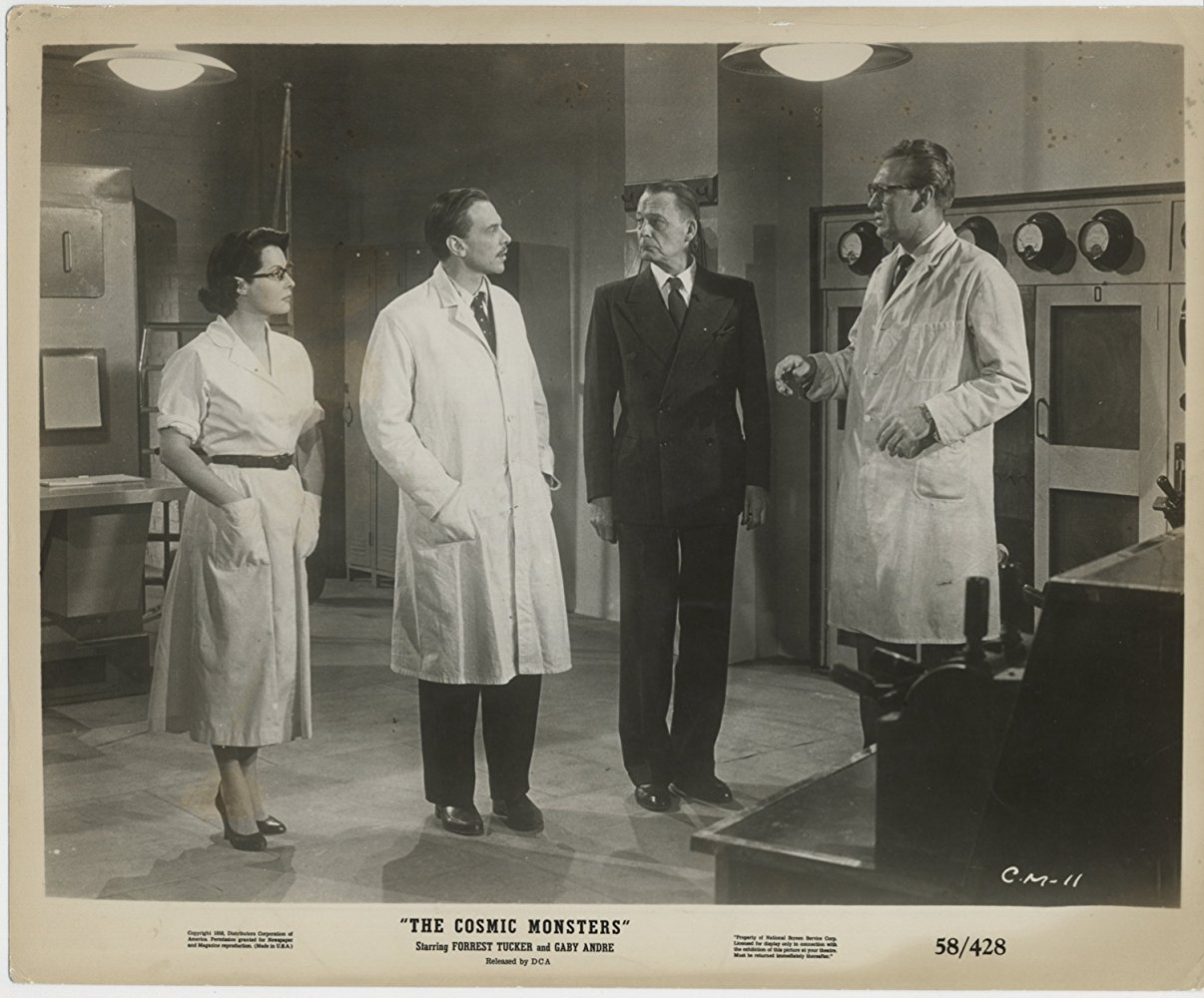 Sergeant O’Rourke bespectacled and lab coated on the far right.
Sergeant O’Rourke bespectacled and lab coated on the far right.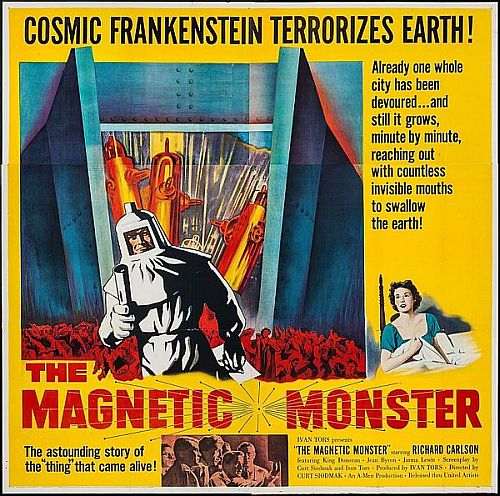 The lobby card implies a creature, one that came alive.
The lobby card implies a creature, one that came alive.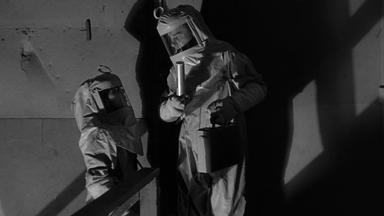
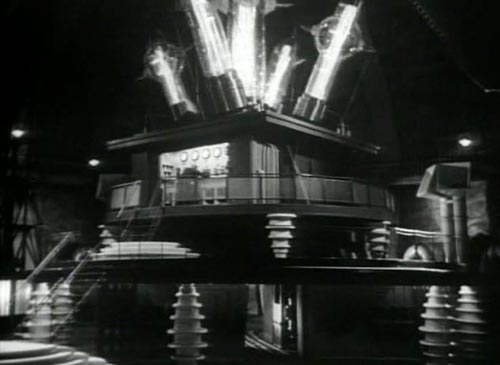 Nova Scotia, Light, and Power
Nova Scotia, Light, and Power
 Stanislav Lem, the prolific Polish Sy Fy writer. Do not blame him for this mish-mash.
Stanislav Lem, the prolific Polish Sy Fy writer. Do not blame him for this mish-mash.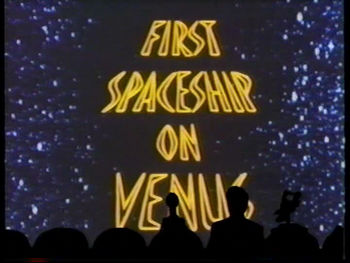
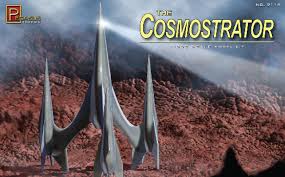 The Cosmostrator later did duty on Liberace’s piano.
The Cosmostrator later did duty on Liberace’s piano.




 Acne attack!
Acne attack!


